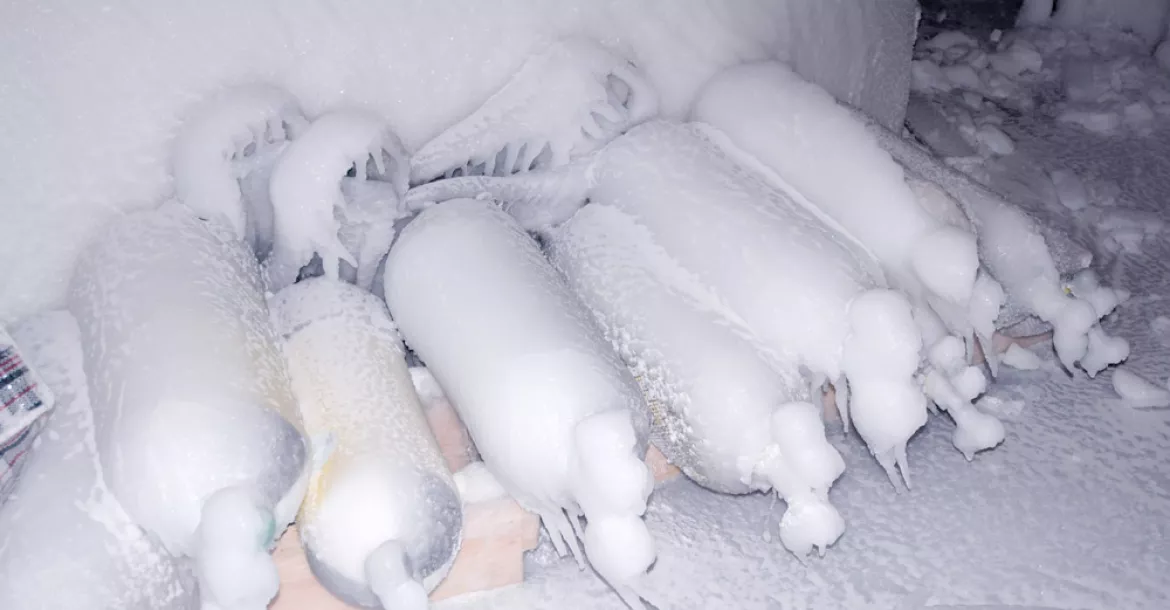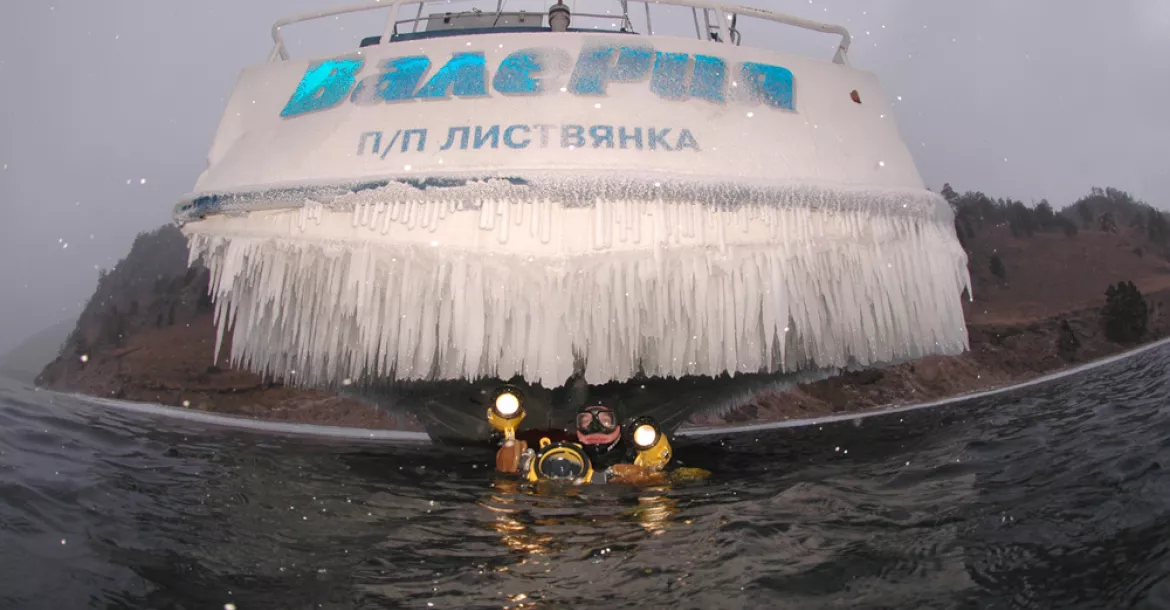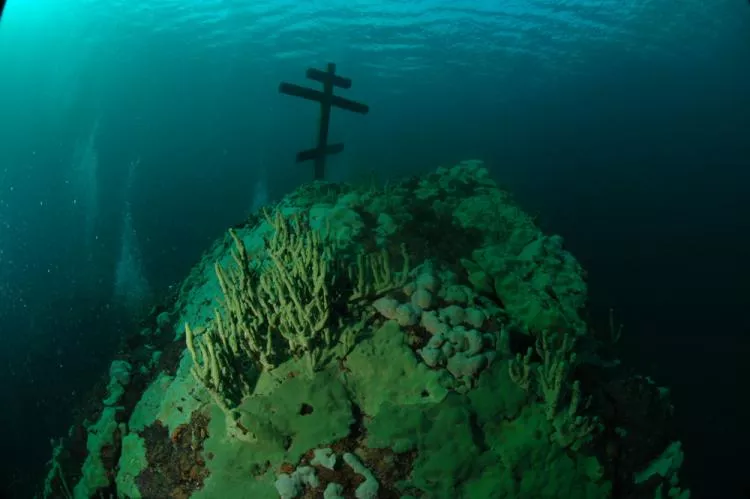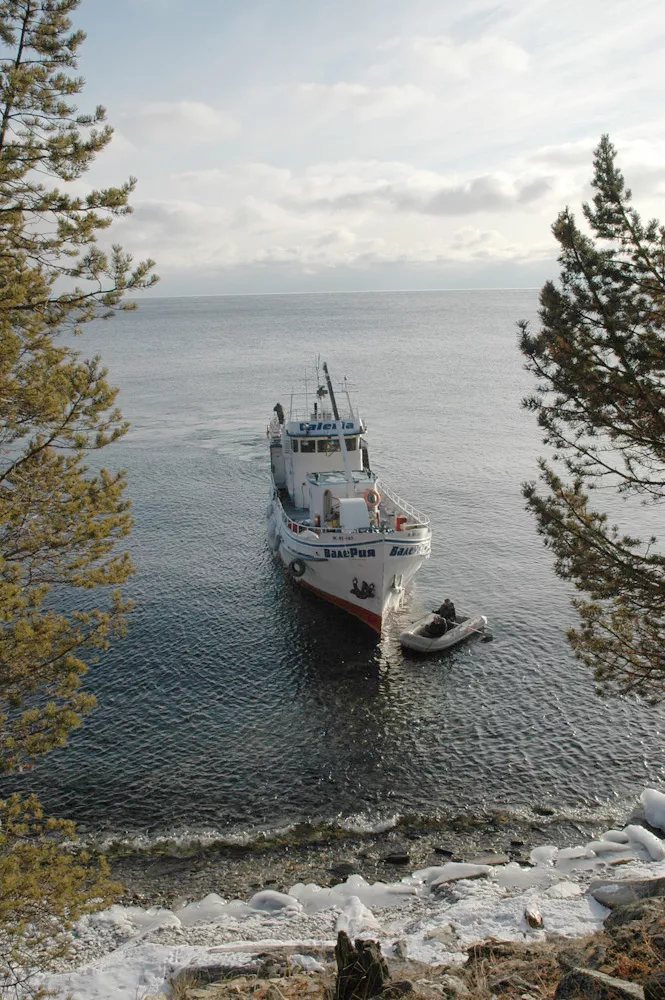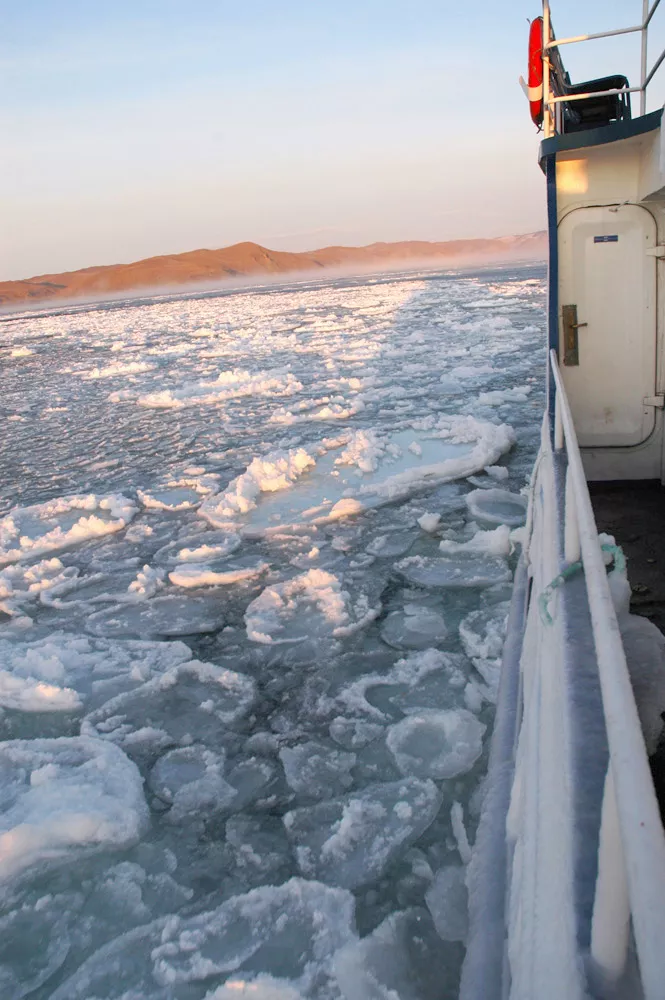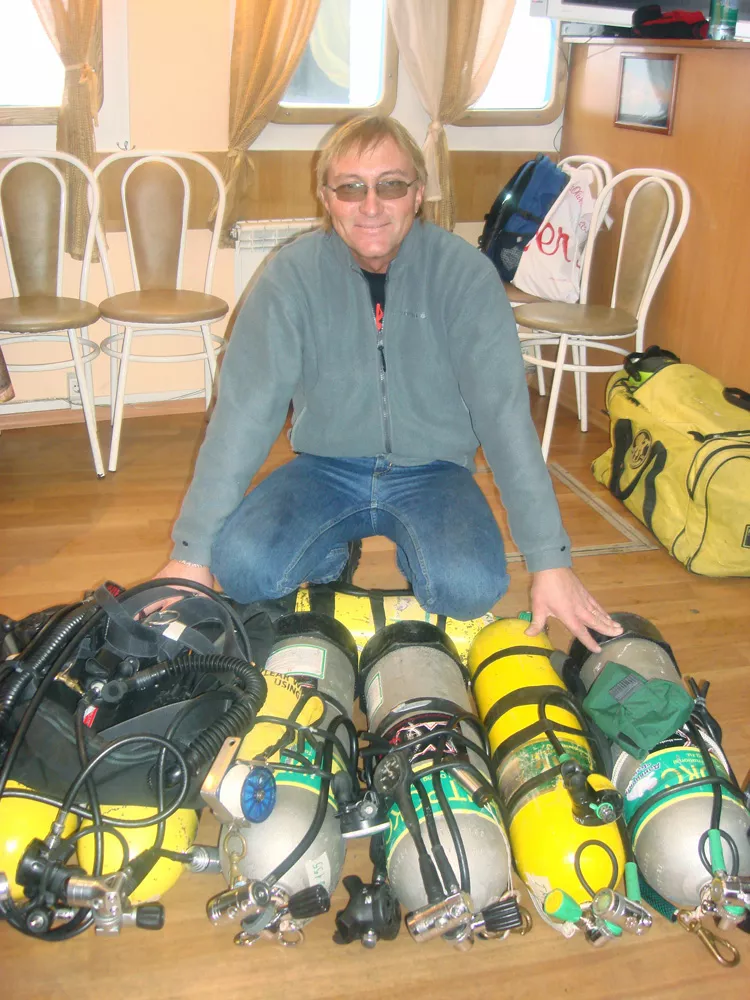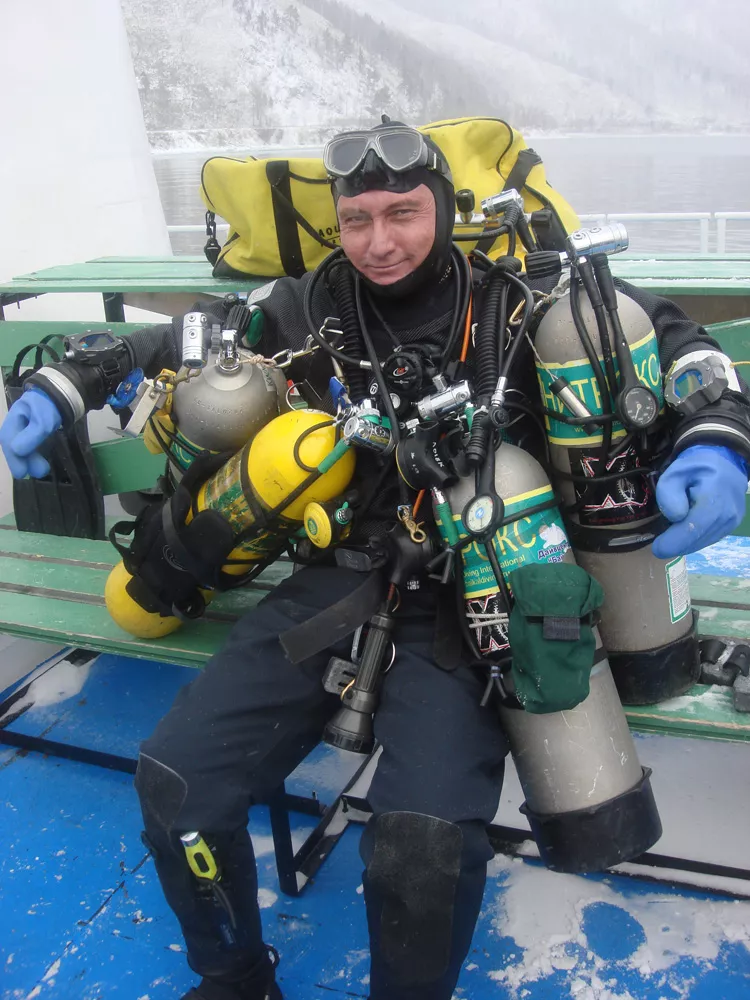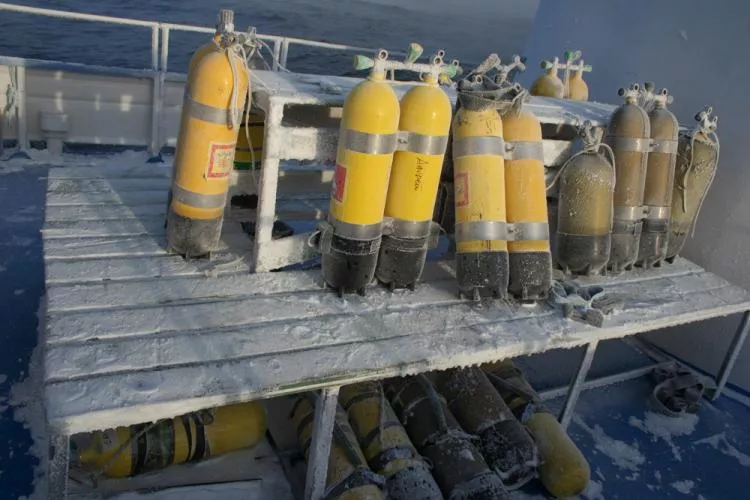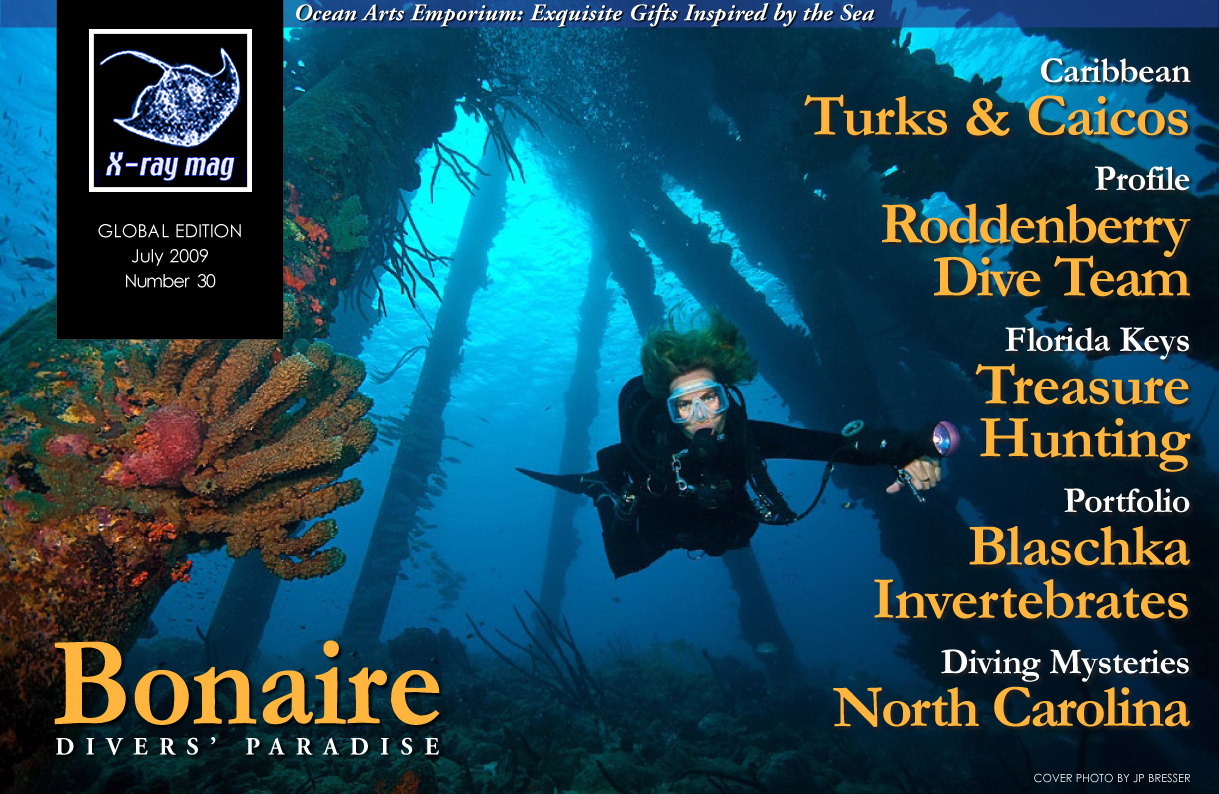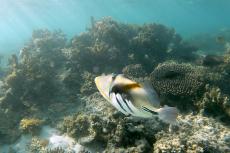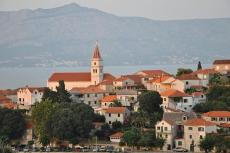Not all technical dives end up successfully; unforeseen circumstances often make an elaborate dive plan go completely wrong. What will a person do when it’s a question of life or death? Give it all up and submit, or fight until the end, trying to find the way out?
Contributed by
Deep diving in Lake Baikal
Reaching 1,642 meters at its deepest point, Lake Baikal, located in southern Siberia in Russia, is the deepest and largest freshwater lake by volume in the world. A typical dive site on Baikal is a shallow shelf, 10-200m long, turning into a vertical wall. There are only six sheer walls reaching more than 100-120m into the deep.
Usually, in order to be guaranteed a descent of more than 100m, you have to stand on the edge of a drop-off, move along the surface until the wall is out of sight, and then continue for another 30-40m. In other words, the descent always takes place in open water, with no markers, and from 110m (even at 50m, if the visibility is bad) —in complete darkness. Ascent will usually take place by following the seabed to the slope, then go up along the wall.
Freedom and beauty
I don’t like diving with guidelines (life-lines) and don’t practice it. The fall is just a few minutes, and after that, an hour and a half long decompression in deep blue. That’s really something special!
Those who have dived on Baikal will understand. Free fall and surfacing allows you to enjoy the incredible beauty of nature when you look up and down from 100m and see picturesque canyons, mountain ranges, grottos. The stark beauty of the lake captures you.
Water temperature in depths of over 60m is never more than 4°C (39° F). On the surface, it depends on the season. In December through January, it’s 1°C to 2°C. The thing is that the temperature is the same in all depths available to Trimix divers at this time.
Planned the whole thing
Why did I plan on diving in January? The answer is simple. Such dives need profound self-preparation and well-trained buddys. It’s not a “why-don’t-I-do-it-today?” thing when you wake up in the morning, decide to go to the dive centre, put the equipment into the van, drive one hour, and you’re there. Preparation kept me busy the whole summer and autumn.
Perhaps I was wrong
I’d done my previous 154m dive solo. There was only safety equipment on the surface, and in the middle of the dive, a support diver came down to me to see if everything was going well.
With other 100-140m dives, I only had safety equipment on the surface (except those connected with courses and deep-water support).
I’m not sure I was right then. The shoulder of a buddy is a great emotional support and a real help. Now, I don’t dive deep alone.
In September, Andrei Slepnev and I began preparing for deep dives. Andrei had been doing Trimix diving for quite a while, passing the IDC qualifications for technical instructor. ...
( ... )

